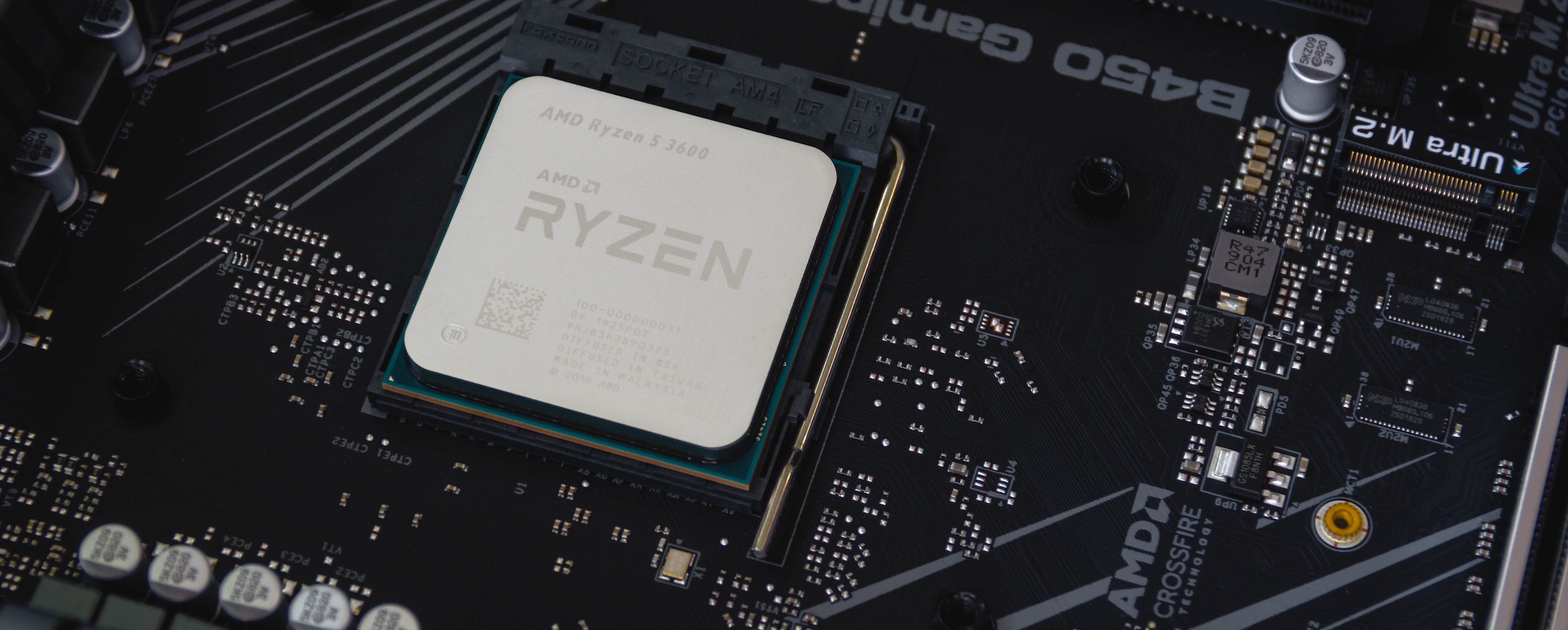View historical precious metals price charts »
View historical precious metals price charts »
- August 19, 2022 -
By Lisa Murray-Roselli
 Gold is forged in the death of stars. It was sailing around in the gas and dust that created our sun and the planets of our solar system. Once just a theory, scientists finally observed evidence of its formation in August of 2017 when the Laser Interferometer Gravitational-Wave Observatory (LIGO) detected the remnant cores of two massive stars spiraling toward and then smashing into each other, approximately 130 million light years away. These neutron stars, the collapsed cores of stars that were once much more massive than our Sun, merged to form a black hole and, in the process, many heavy metals, including gold. This was the first time scientists saw the rapid neutron capture process (r-process) in action and could confirm the origin of gold.
Gold is forged in the death of stars. It was sailing around in the gas and dust that created our sun and the planets of our solar system. Once just a theory, scientists finally observed evidence of its formation in August of 2017 when the Laser Interferometer Gravitational-Wave Observatory (LIGO) detected the remnant cores of two massive stars spiraling toward and then smashing into each other, approximately 130 million light years away. These neutron stars, the collapsed cores of stars that were once much more massive than our Sun, merged to form a black hole and, in the process, many heavy metals, including gold. This was the first time scientists saw the rapid neutron capture process (r-process) in action and could confirm the origin of gold.
When our planet fused together, veins of gold collected in the crust. As a result, it is primarily found near rivers and volcanos—places where there are openings in the the topmost layer of the earth. Gold’s inception may be rather dramatic, but most of its uses are quite commonplace. However, there are some uses of gold that may be as surprising as its origin story.
Gold has myriad properties that make it highly useful for electronics: it conducts electricity and can carry tiny currents, doesn’t tarnish or corrode, can be made into wire and thin sheets, alloys with many other metals, and it can be melted and cast with very fine detail. Gold can be found in nearly every advanced electronic device, including cell phones, laptops, desktops, televisions, and most large electronic appliances. It is most useful in connectors, switch and relay contacts, soldered joins, connecting wires, and connection strips. For example, it is used in edge connectors that mount microprocessors and memory chips onto motherboards.

There are untold quantities of unrecycled gold out there amongst the heaps of discarded electronics. In cell phones alone, the amount of gold lost to our need for the latest and greatest is staggering. There are approximately 0.034 ounces of gold in each cell phone and over 150 million phones are being retired every year. When scrapped, this yields over 180,000 oz of gold bullion, which, as of this writing, is worth over 317 million US dollars.
Gold finds some of its most unusual uses in the medical industry. For example, a solution called “gold sodium thiomalate” can be injected into patients afflicted with rheumatoid arthritis. Although this is a prolonged course of treatment, taking up to 22 injections, it has been successful in reducing swelling, repairing bone damage, and relieving joint pain and stiffness.
 Additionally, gold nanoparticles, or “nanoseeds,” containing a radioactive isotope can be used in cancer treatment. These nanoparticles are implanted in tissues, acting as a localized radiation source in order to destroy nearby cancer cells. Because gold nanoparticles can be easily fabricated, this therapy may be made widely available in hospitals.
Additionally, gold nanoparticles, or “nanoseeds,” containing a radioactive isotope can be used in cancer treatment. These nanoparticles are implanted in tissues, acting as a localized radiation source in order to destroy nearby cancer cells. Because gold nanoparticles can be easily fabricated, this therapy may be made widely available in hospitals.
Gold is also implanted in the eyelids of people suffering from lagophthalmos, a condition in which the eyelids don’t close completely. Lagophthalmos leads to problems such as dry-eye, corneal scratches, and bacterial infections. A tiny incision is made in the top eyelid, just above the lash line, and a fleck of gold is inserted. The bit of extra weight provided by the gold helps the eyelid to close completely, with the help of gravity. Gold is non-reactive and hypoallergenic, making it an excellent choice for this procedure.
More commonly, because of its reliability, and non-corrosive and non-reactive properties, gold is often used in medical devices such as stents and pacemakers, surgical instruments, and electronic equipment such as life-support machines. In dentistry, it has been used to mend and replace teeth since the era of the Etruscans in 700 BC. Gold’s superior performance, aesthetic appeal, and malleability make it an ideal material for this industry.
 Those tinted office building windows just may contain gold. Sometimes gold is added to glass purely for aesthetic reasons—its pigment turns clear glass to a ruby color. However, gold also reflects 99% of infrared light and, for this reason, it is often used as a climate-control mechanism. Windows containing gold reflect outer heat outward and inner heat inward. Gold can also be dispersed within glass for cases containing light-sensitive items, protecting them from damaging radiation and light.
Those tinted office building windows just may contain gold. Sometimes gold is added to glass purely for aesthetic reasons—its pigment turns clear glass to a ruby color. However, gold also reflects 99% of infrared light and, for this reason, it is often used as a climate-control mechanism. Windows containing gold reflect outer heat outward and inner heat inward. Gold can also be dispersed within glass for cases containing light-sensitive items, protecting them from damaging radiation and light.
Gold came from space and is essential for our exploration of it. If you have seen the shiny, gold-colored visors of an astronaut’s helmet, then you have witnessed one of its more critical uses. As mentioned above, gold’s reflective qualities are superior—adding gold to the visor of astronauts’ helmets protects their eyes and skin from deadly space radiation. This gold layer is thin enough that it doesn’t restrict visibility.

Mechanical elements of spacecraft are also dependent upon the unique qualities of gold. It is a dependable conductor and connector within circuitry. Gold-coated polyester film on outwardly-facing parts of spacecraft help to stabilize the temperature of the craft, preventing dark surfaces from absorbing damaging heat. It can also act as a lubricant between mechanical parts. Gold has low shear strength: gold molecules slip past one another under forces of friction, acting as a lubricant. Organically-based lubricants would volatize and be broken down by radiation.
The most recent demonstration of the power and unexpected usage of gold comes from the James Webb Space Telescope (JWST). A thin layer of gold, 100 nanometers thick and weighing only 48.25g, is fused to the 18 beryllium mirrors that comprise the main mirror of the JWST, which is approximately 25 square meters. The gold was applied using vacuum vapor deposition—the mirrors were placed in vacuum chambers where the gold was vaporized and deposited on their surfaces. There is a thin layer of glass on top to protect the gold. Who would have thought that vaporized gold could protect our most advanced spacecraft and help us to see further, and farther, into the mysteries of our universe?